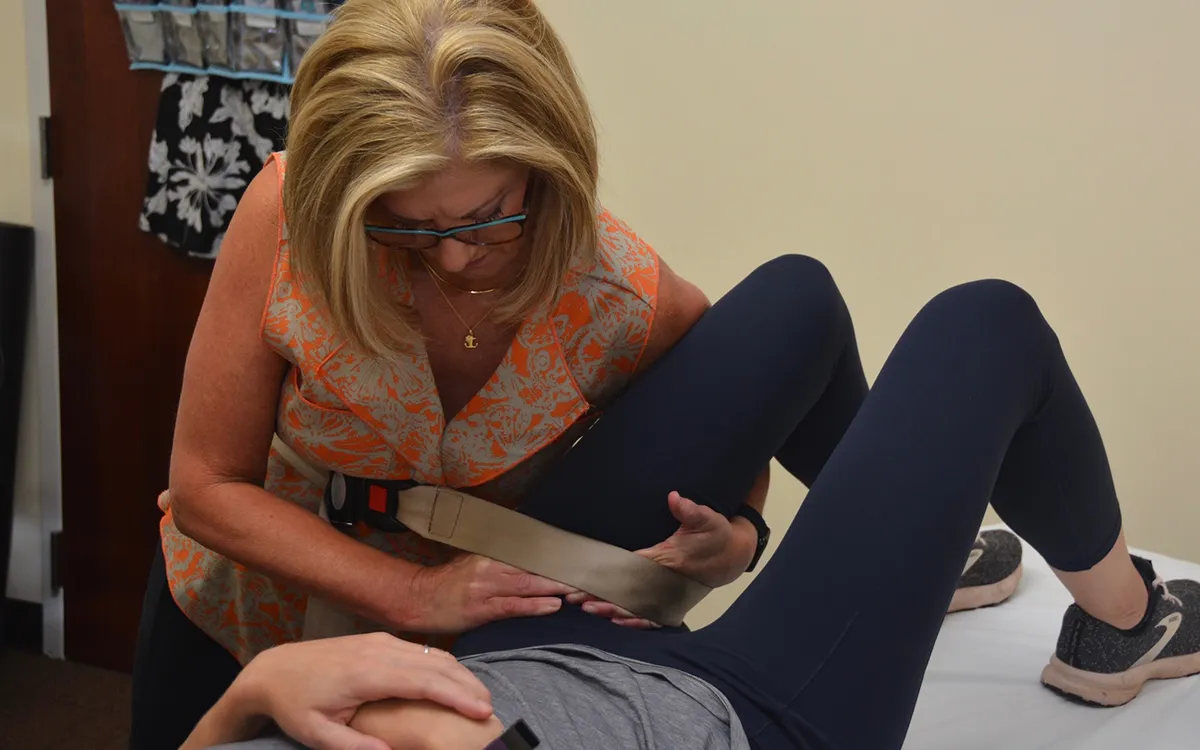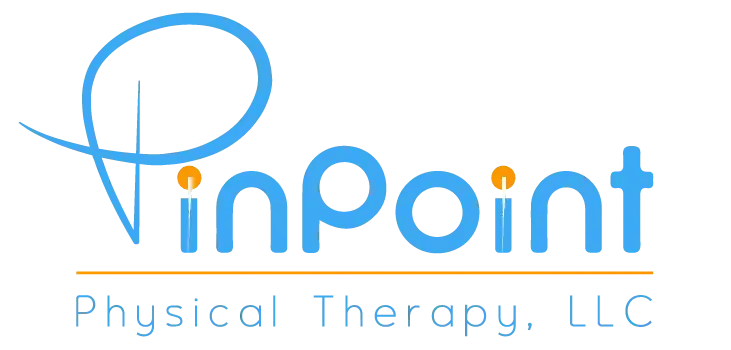Pelvic Pain in Charlotte

Endometriosis
Endometriosis is most commonly characterized by painful periods, intercourse pain, pain with bowel movements, urination pain, infertility and/or diarrhea during periods. Endometriosis refers to a condition where the tissue that lines your uterus (the endometrium) grows outside of your uterus. You may have endometriosis or suspect you might. Pelvic floor physical therapy is a great option to manage your symptoms. Your pelvic floor physical therapy therapist will help you reduce adhesions, and scar tissue and limit your movement. This can often cause pain with intercourse and the use of a tampon. To help you continue your progress, they will set you up with a stretching or exercise program.
Interstitial Cystitis
Interstitial Cystitis, also known as Painful Bladder Syndrome (PBS), is a chronic inflammatory condition that affects the deep and muscular bladder layers. It can cause bladder frequency, urgency, and/or pain.
Over time, if there is chronic inflammation in the bladder, this can cause damage to the surrounding muscles and fascial tissues. Inflammation in the muscles and fascia can cause symptoms that may seem to originate from the bladder.
Physical therapy can be used to release constrictions in fascia and activate trigger points in the pelvis, hip, pelvis and pelvic floor muscles. Painful Bladder Syndrome symptoms can be relieved by releasing and rebalancing tissue and muscles.
Pudendal Neuralgia
Like other peripheral nerves, the pudendal is how your brain “connects with” the muscles and tissues in your body. It sends and receives messages from the brain to the body such as movement and sensation. Nerves can become irritated, compressed, or irritated. This “message chain”, which is responsible for sending and receiving messages between the brain and body, can cause problems. You might feel pain, numbness, or tingling. By guiding you in the restoration of the structures that contribute to your pudendal neuralgia, pelvic floor physical therapy can help.
Vaginismus
Vaginismus refers to a condition where a woman’s vagina is forced to contract involuntarily when there is something inside. This can cause discomfort or pain. Although this does not stop patients from being sexually enamored, vaginismus symptoms can cause anxiety and make patients fearful of having sex. Vaginismus can be treated by addressing both the emotional and physical drivers. Physical therapy of the pelvic floor helps with vaginismus treatment by treating the physical response (i.e. The spasm. The treatment will vary depending on the individual.
Vulvodynia
Vulvodynia, which literally means “symptom”, refers to pain (dynia), in the vulvar area (vulvo). It refers to the discomfort and chronic pain experienced in the vulvar area. We are specialized in manual therapy and have extensive training in treating chronic pelvic dysfunction.
SI Joint Dysfunction
Sacroiliac dysfunction (SIJ), a lower back/pelvic condition, can be caused by joint stiffness (hypomobility), or slackness(hypermobility), at the sacroiliac bones in the pelvis. This condition can affect men and women of any age, but it is more common in females. Patients suffering from SI joint pain may find physical therapy at our clinic very helpful. Your physical therapist will evaluate your SI joint dysfunction to determine the extent of your pain. These findings will determine the treatment plan for you.
Other issues we can provide treatment for include:
- Painful Periods
- Tailbone Pain
- Chronic or Acute Hip/Low Back Pain
- Pain with Intercourse/Exam



